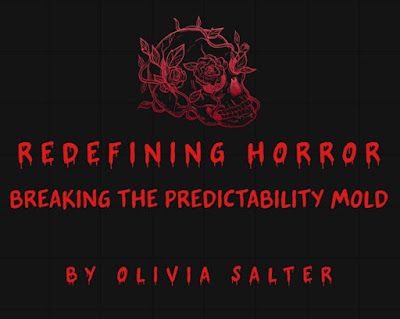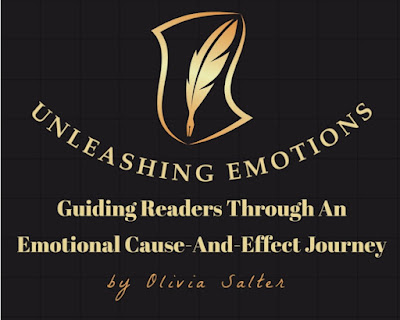Write Until Your Idols Become Your Rivals
by Olivia Salter
There is a popular saying that goes, "Don't meet your idols, because they will never live up to your expectations." While there may be some truth to this notion, there is another perspective to consider: what if we strive to surpass our idols instead of being disappointed by them?
Many of us have idols or people we look up to. They could be celebrities, athletes, authors, entrepreneurs, or anyone who has achieved great success in their field. We admire their talent, skills, and accomplishments, often aspiring to be just like them. However, it is vital to understand that idolizing someone does not mean we should remain content with admiring them from a distance. Instead, we should use their achievements as inspiration to push ourselves further and reach even greater heights.
The concept of "writing until your idols become your rivals" captures the essence of this mindset. It encourages us to work so diligently and passionately in our craft that we eventually reach a level of competence comparable to our idols, transforming them from mere sources of inspiration into our competition.
How does one achieve this? Here are some key steps to embark on the path of surpassing your idols:
- Learn from them: Studying the work and journey of those you admire is the first step. Analyze their techniques, strategies, and mindset that led to their success. Understand their journey, their failures, and the lessons they learned along the way. Absorb as much knowledge as possible to gain a comprehensive understanding of the skills and qualities that made them stand out.
- Set your goals: Once you have analyzed your idols' journeys, it's time to set your own goals. Determine what you want to achieve in your field and establish clear targets. These goals should be challenging yet realistic, pushing you to stretch your limits. Remember, the aim is not to replicate your idols, but to surpass them.
- Work tirelessly: Becoming a rival to your idols requires dedication and hard work. It means consistently putting in the effort to refine your skills, hone your craft, and continuously improve. Embrace the challenges and setbacks along the way, as they are integral to your growth. Persevere even when it gets tough, and maintain the discipline needed to consistently work towards your goals.
- Find your unique voice: While inspired by your idols, it is crucial to find your own unique voice and style. Embrace your individuality and let it shine through your work. Differentiate yourself from your idols by bringing a fresh perspective or approach to your field. This will not only make you stand out, but also demonstrate your growth and evolution as an artist.
- Collaborate and compete: As you continue to grow and refine your skills, seek opportunities to collaborate with others in your field. Engaging with like-minded individuals who share your passions can open doors to new insights and growth. Additionally, healthy competition among peers can drive you to perform at your best, pushing you even further towards surpassing your idols.
- Maintain humility and respect: It is important to remember that we are all on our own unique journeys. While striving to surpass our idols, we should maintain humility and respect for their achievements. Acknowledge and appreciate the role they played in motivating you to reach higher. After all, they were once in a similar position, looking up to their own idols.
The journey to write until your idols become your rivals is not an easy one. It requires dedication, resilience, and a burning passion for your craft. It is a continuous process of growth and self-improvement. Remember, the purpose is not to replace your idols but to stand alongside them as equals, having developed your own unique voice and making your mark in your chosen field.
So, let your idols inspire you, but don't stop there. Let them be the first stepping stones on your path to success. Aim high, work hard, and continue to write until your idols become your rivals.








